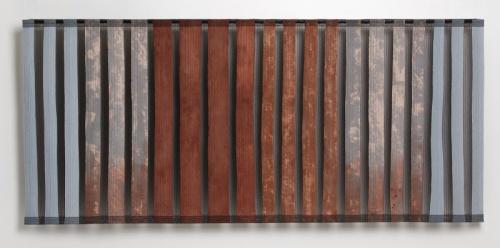
Curious about the way artists who work in different media respond to the experience of nature and landscape, Firth invited national and international poets at the University of Canberra Poetry on the Move festival in September 2016 to write poetry that captures an aspect of their experience of nature and landscape in Canberra. She selected fourteen poems as the starting point for her own textile art.
Probably unsurprisingly, trees are a recurring theme for both the poets and Firth. The poem “The Wisdom Trees: on a morning run” describes a route in inner-north Canberra, across Northbourne Avenue – obviously before construction of the light rail – through Haig Park and back. Firth depicts tall, straight trunks in pale grey, morphing into dappled colours and then into solid browns. This work is as much about capturing the colours of the trees as their form. Using hand-dyed viscose felt, with polyester net, she creates the atmosphere of a runner moving through these old, all-knowing trees.
The poem “Canberra” also depicts trees. The poet refers to Canberra as being pale and open wide, with “trees that are ‘ghost gums’, trunks still stripped”. Firth depicts a row of tall white and grey trunks, with shadows on their left hand sides. In the background, there are hills, with a small bright red circle. This may be the kangaroo referred to in the poem or it could be a sun hanging in the sky. This is an evocative work, strong and pithy, while being delicate.
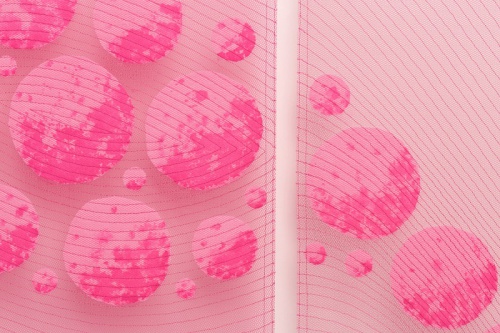
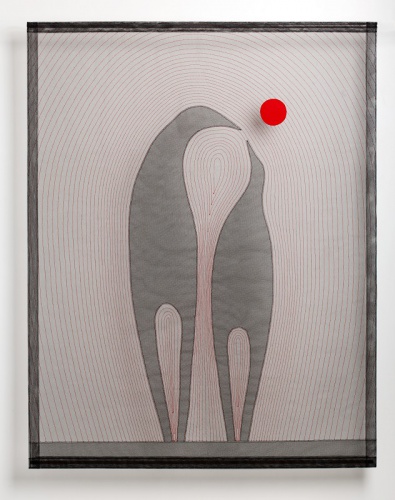
The poem “Accents” speaks of the sun falling on branches in a pine forest, with the hills in the background sinking away. The poet’s twenty exclamations are shown as orange birds swooping towards the pine trees. The movement Firth has caught in the flock, and the stitching in the background, are gestural and evocative.
Through her abstracted forms, use of stitching and materials, and judicious use of colour, Firth translates the words of the poems into visual images. Her artistic use of stitching creates movement, colour, depth and texture.
Maybe not all viewers will share her response to the text – but for me they demonstrate an innate love of Canberra.
Who can be trusted?
In a world of spin and confusion, there’s never been a more important time to support independent journalism in Canberra.
If you trust our work online and want to enforce the power of independent voices, I invite you to make a small contribution.
Every dollar of support is invested back into our journalism to help keep citynews.com.au strong and free.
Thank you,
Ian Meikle, editor
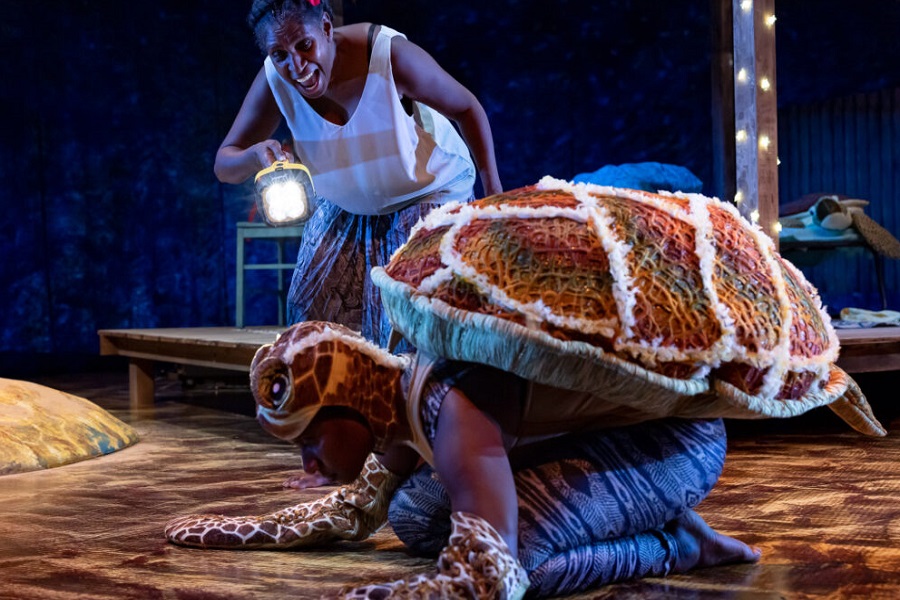

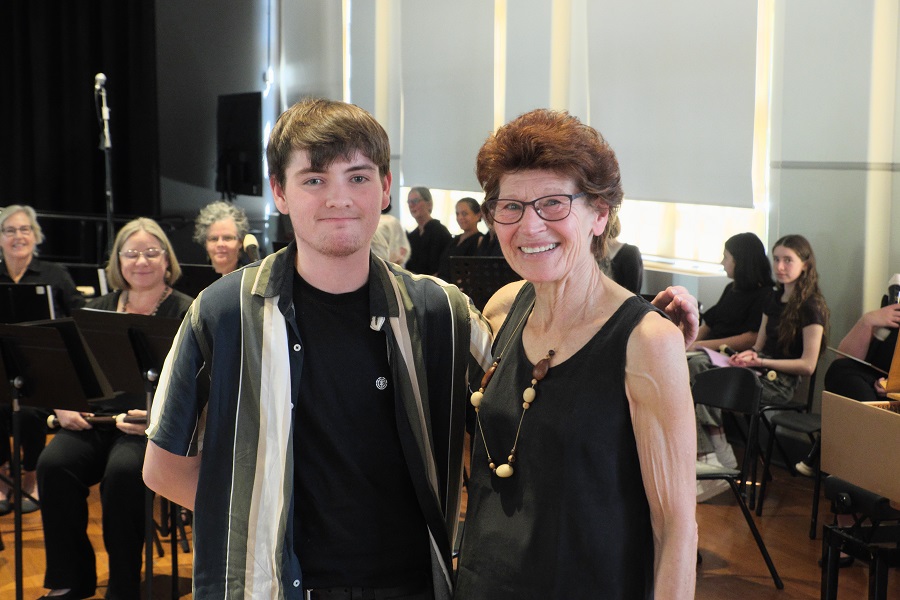

Leave a Reply